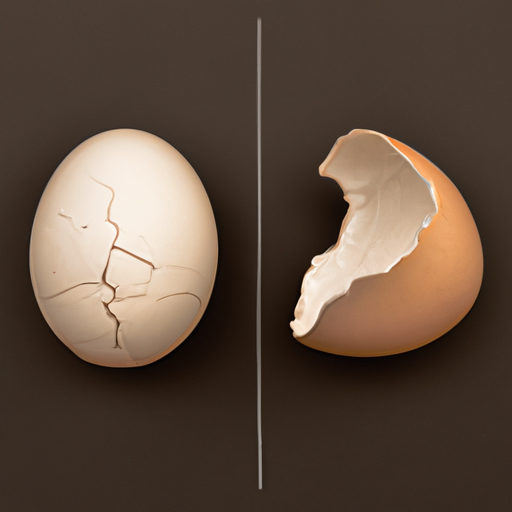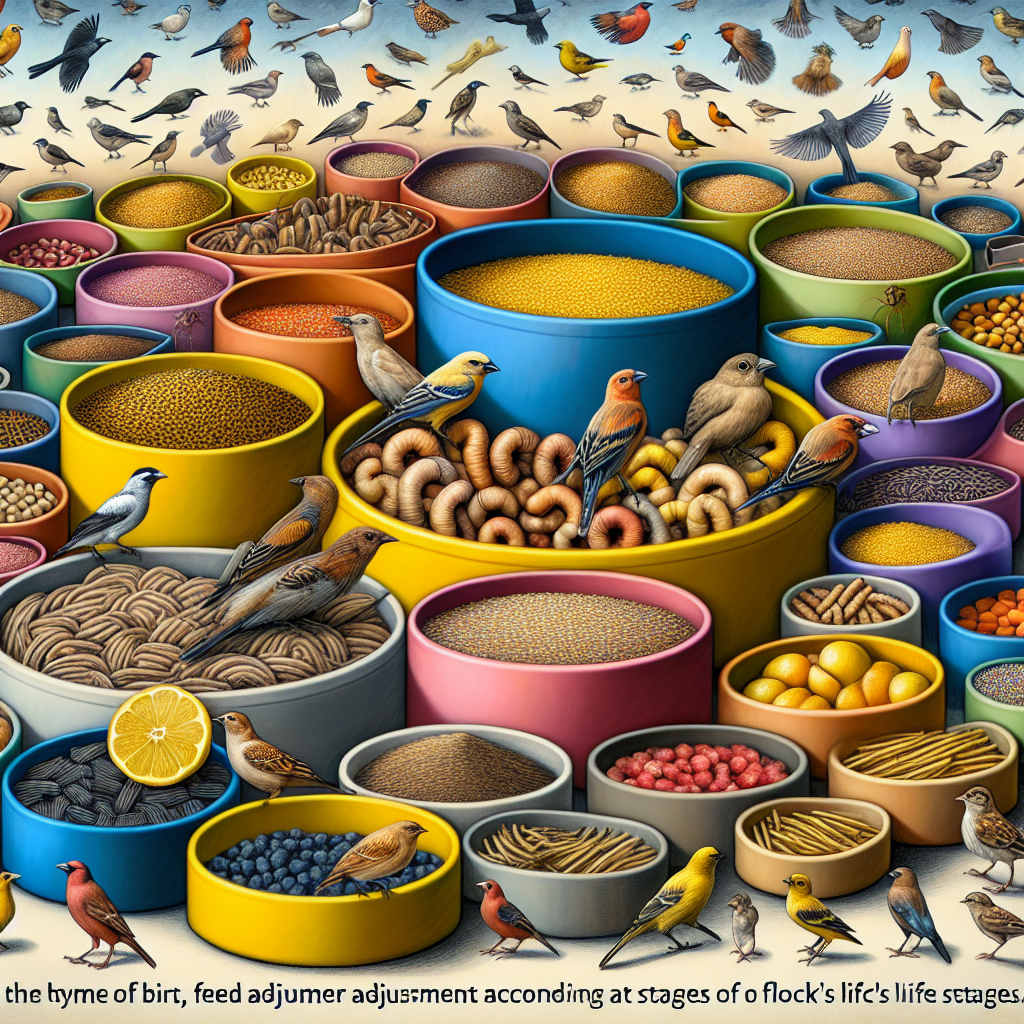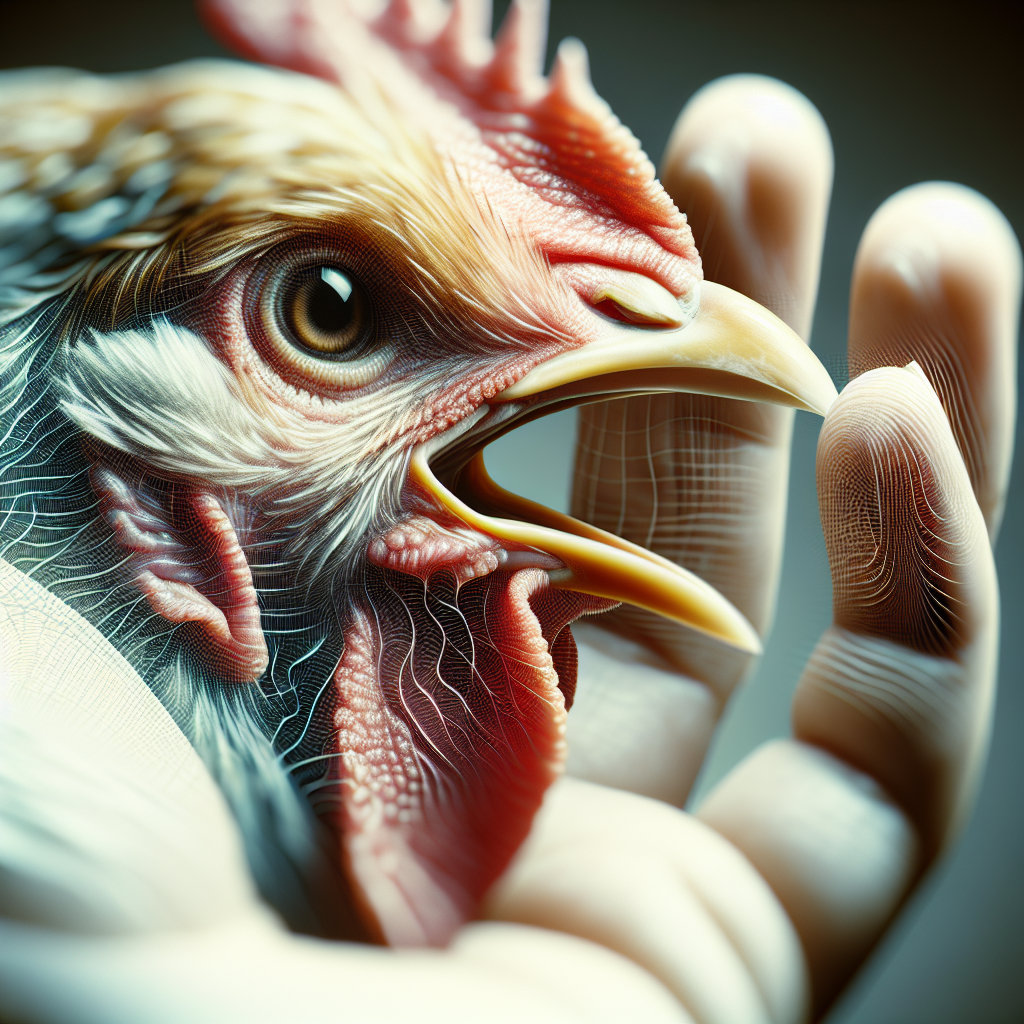So you’ve recently started raising chickens and you’re excited to see them grow from adorable little pullets to full-fledged laying hens. But have you ever wondered how their diet needs might change as they go through this transformation? In this article, we’ll explore just that – the fascinating journey of a chicken’s feed requirement as it transitions from a pullet to a laying hen. We’ll uncover the key changes and adjustments needed to support your feathered friends’ overall health and productivity. Get ready to gain some valuable insights into the world of chicken nutrition!
Overview of Pullet and Laying Hen Stages
As a chicken transitions from being a pullet to a laying hen, there are significant changes in their nutritional requirements. Understanding these changes is crucial for ensuring the health and productivity of the birds. In this article, we will delve into the protein, energy, calcium and phosphorus, vitamin, mineral, and water requirements for both the pullet and laying hen stages. Additionally, we will discuss the feed formulation and feeding programs suitable for each stage.
Protein Requirements
Protein is an essential nutrient for chickens, crucial for proper growth, egg production, and overall health. During the pullet stage, when the birds are still developing, their protein requirements are relatively higher compared to when they become laying hens. Pullet chicks require a type of feed that contains around 18-20% protein to support their rapid growth and development. On the other hand, once they reach the laying hen stage, their protein requirements decrease to around 16-18% to meet the demands of egg production.
Energy Requirements
Energy is another vital component of a chicken’s diet, providing the fuel necessary for various physiological processes and daily activities. Just like with protein, the energy requirements of pullets are higher than those of laying hens. During the pullet stage, their bodies require more energy to sustain the growth and development of muscles, tissues, and organs. As they transition into laying hens, the energy requirements decrease, but they need additional energy to support egg production.
Calcium and Phosphorus Requirements
Calcium and phosphorus are essential minerals involved in bone formation and eggshell production. Pullets have higher calcium and phosphorus requirements during their growing phase as they develop strong skeletal structures. Feed formulations for pullets typically contain around 1.0-1.3% calcium and 0.4-0.45% phosphorus. Once pullets reach the laying hen stage, their calcium requirements significantly increase to support the production of high-quality eggshells. Feed formulations for laying hens usually contain around 3.5-4.0% calcium and 0.3-0.35% phosphorus.
Vitamin Requirements
Vitamins play vital roles in various physiological functions, including immune system support, growth, and reproduction. Pullet chicks require higher levels of vitamins compared to laying hens, as their bodies are in a phase of rapid growth and development. The vitamins crucial for pullets include vitamin A, vitamin D, vitamin E, and various B vitamins. Once they transition into laying hens, their vitamin requirements shift towards supporting egg production, with an increased emphasis on vitamins A and D.
Mineral Requirements
In addition to calcium and phosphorus, other minerals are essential for the overall health of chickens. Magnesium, potassium, sodium, and trace minerals like zinc, iron, and copper all play vital roles in various physiological functions. The mineral requirements for pullets and laying hens are relatively similar, with slight variations depending on the specific formulation of the feed. Ensuring an adequate supply of these minerals is crucial for optimal health and productivity for both stages.
Feed Formulation
Feed formulation is the process of combining different ingredients to meet the specific nutritional requirements of chickens in different stages of life. For pullets, the feed formulation should focus on providing high protein content, essential amino acids, vitamins, and minerals necessary for growth and development. As they transition into laying hens, the feed formulation needs to shift towards higher levels of calcium, vitamins supporting egg production, and adequate energy sources.
Feeding Program for Pullets
Establishing a proper feeding program is crucial for maximizing the growth and development of pullets. Pullets should be provided with a well-balanced diet, typically containing feed with around 18-20% protein. The daily ration for pullets should be provided in appropriate amounts, divided into multiple feedings throughout the day. This ensures that the birds receive consistent nutrition and prevents wastage.
Feeding Program for Laying Hens
Once pullets reach the laying hen stage, their feeding program needs to be adjusted to meet their new nutritional requirements. The daily ration for laying hens should contain around 16-18% protein, with emphasis on high-quality calcium sources for eggshell production. The frequency of feeding may depend on the specific management practices, but it is generally recommended to provide an adequate amount of feed once or twice a day to support optimal egg production.
Water Requirements
Water is often overlooked but is just as essential as feed in meeting the nutritional needs of chickens. Both pullets and laying hens require access to clean, fresh water at all times. During the pullet stage, water should be readily available to support their growth and hydration. Similarly, laying hens require adequate water intake for egg production and overall health. Regular monitoring and ensuring a constant supply of water are crucial for the well-being of the birds.
In conclusion, as chickens transition from pullets to laying hens, their nutritional requirements change significantly. Understanding these changes and implementing appropriate feed formulations and feeding programs are crucial for ensuring the health and productivity of the birds. By meeting their protein, energy, calcium, phosphorus, vitamin, and mineral requirements, along with providing clean water, poultry farmers can support the optimal growth, development, and egg production of their flocks. Remember, a well-nourished chicken is a happy and productive chicken!




